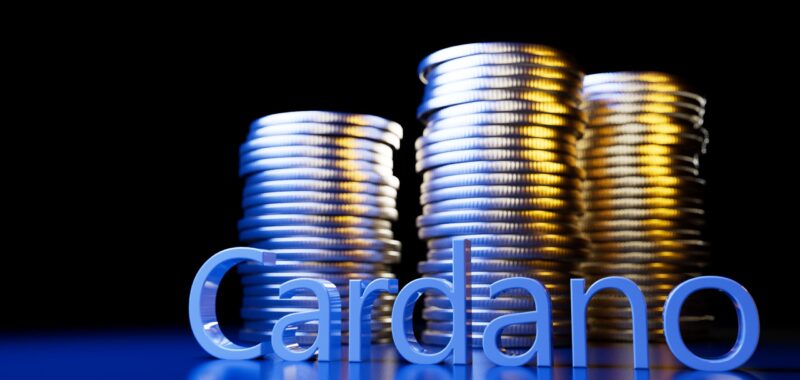Bitcoin‘s (BTC -1.02%) price soared nearly 290% over the past two years. That rally was driven by the approvals of its first spot-price ETFs last January, its halving (which reduces its mining rewards) last April, expectations for lower interest rates, and the Trump administration’s crypto-friendly policies. The world’s top cryptocurrency also gained traction among institutional investors as an alternative to gold, silver, and other precious metals.
Bitcoin could still have plenty of room to grow over the next few years, but investors who are looking for bigger gains might check out some of the market’s smaller cryptocurrencies. Could Cardano (ADA -1.21%), which has minted plenty of millionaires since its market debut eight years ago, actually be a better buy than Bitcoin right now?

Image source: Getty Images.
The differences between Cardano and Bitcoin
Bitcoin is mined through the energy-intensive proof-of-work (PoW) mechanism, while Cardano isn’t mined at all. Instead, Cardano uses the less energy-intensive proof-of-stake (PoS) method to “stake” tokens on the blockchain to validate transactions. By staking their tokens and locking them up for fixed periods, its investors can earn interest-like rewards.
That validation method makes Cardano comparable to other PoS blockchains, like Ethereum (ETH 0.41%) and Solana (SOL -4.06%). PoS blockchains also support smart contracts, which are used to develop decentralized apps (dApps), non-fungible tokens (NFTs), and other crypto assets. Therefore, PoS tokens are often valued by the transaction speeds on their underlying blockchains and the size of their developer ecosystems.
By comparison, Bitcoin’s blockchain can only be used to mine more Bitcoins. With the difficulty of mining increasing every four years and the last tiny sliver of a Bitcoin expected to be mined in the year 2140, Bitcoin is valued by its scarcity much like gold and other physical commodities.
What’s the bull case for Cardano?
Cardano has two main advantages against Ethereum, the largest PoS blockchain. First, it has a max theoretical speed of 1,000 transactions per second (TPS), whereas Ethereum’s max speed currently is about 600 TPS.
Second, it sets its transaction fees based on the size and necessary computing power of each transaction. That makes its prices much more predictable than Ethereum’s congestion-based gas fees.
Last August, Cardano deployed a long-awaited network upgrade called the Chang Hard Fork, which increased its speed, security, and scalability. That upgrade could draw more decentralized application and crypto developers to its blockchain.
Lastly, Grayscale recently submitted an application to the Securities and Exchange Commission (SEC) for Cardano’s first spot-price ETF. Approval for that ETF might draw in more institutional investors and drive Cardano’s price higher.
What’s the bear case against Cardano?
Cardano’s main problem is that it doesn’t fare well against Solana, another PoS blockchain, which uses its own proof-of-history (PoH) mechanism to achieve an average speed of 5,000 TPS and a theoretical max speed of 65,000 TPS. Solana also charges an average transaction fee of about $0.00025, compared to Cardano’s average of at least $0.1642.
So for developers, there aren’t too many compelling reasons to go with Cardano when Solana offers faster and cheaper transactions. Moreover, Ethereum founder Vitalik Buterin plans to increase his blockchain’s speed to 100,000 TPS eventually. That upgrade could be grim news for smaller PoS blockchains like Cardano and Solana.
Is Cardano a viable replacement for Bitcoin?
Cardano underperformed Bitcoin and Solana over the past two years for obvious reasons. It isn’t as scarce as Bitcoin (since it’s actually inflationary), nor is it as fast or cheap as Solana for smart-contract transactions.
So while Cardano’s price might be temporarily lifted by Trump’s crypto-friendly policies, lower interest rates, or the approval of its spot-price ETF, I wouldn’t consider it a viable replacement for Bitcoin. Bitcoin has a clearer path toward generating long-term gains for its investors, while Cardano could remain a speculative altcoin for the foreseeable future.
Leo Sun has no position in any of the stocks mentioned. The Motley Fool has positions in and recommends Bitcoin, Cardano, Ethereum, and Solana. The Motley Fool has a disclosure policy.

